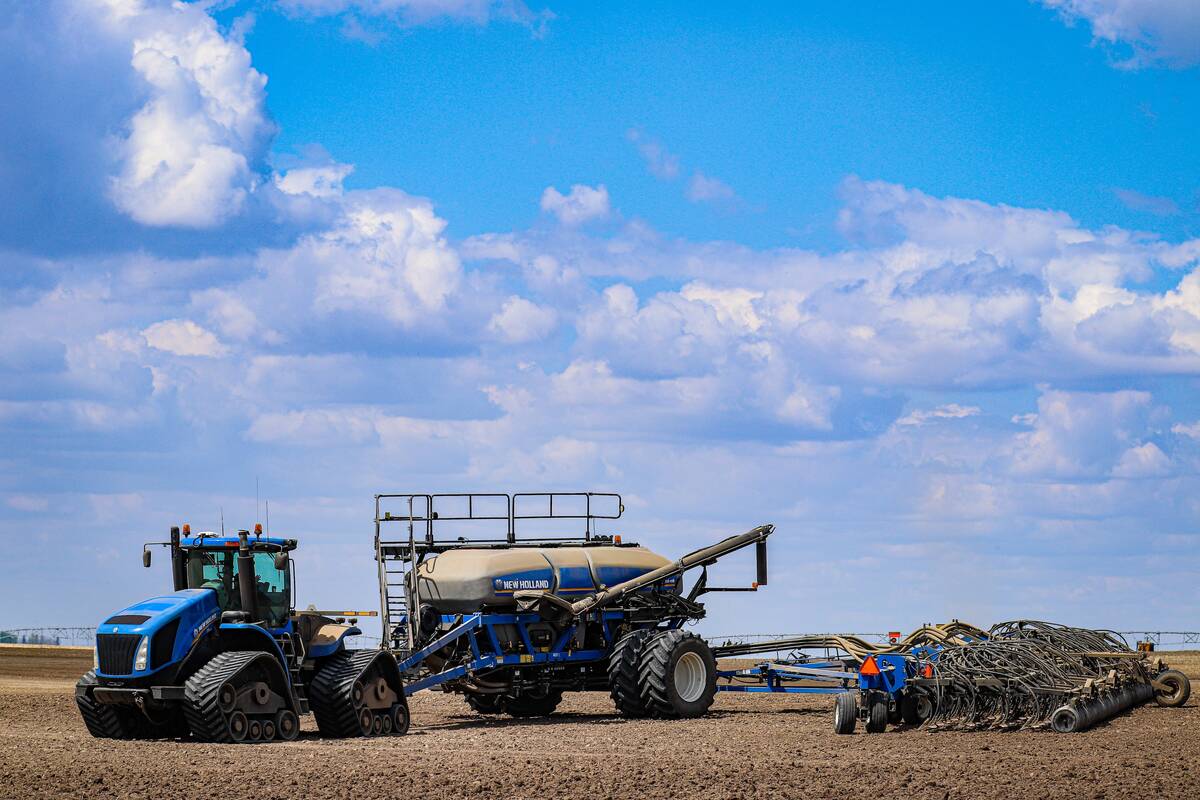(Reuters) — U.S. pork production is expected to fall six to seven percent in 2014 as a deadly pig virus sweeps across the country, reducing the supply of market-ready hogs, according to Rabobank agribusiness analysts.
The tightest period for hog supply is projected to come during the August-to-October period when slaughter could decline by 15 to 25 percent from 2013 levels in the wake of porcine epidemic diarrhea virus, the analysts said in a research report published on Tuesday.
USDA pegged U.S. hog slaughter at 9.56 million head in August 2013, 9.03 million head in September 2013 and 10.42 million head in October 2013.
Read Also

NFU says proposed plant breeders’ rights come at farmers’ expense
The National Farmers Union is pushing back against changes to the Plant Breeders’ Rights Act that would narrow the scope of farmers’ right to save seed or propagate crops from cuttings and tubers.
PED, which does not affect humans and is not a food safety risk, causes diarrhea, vomiting and severe dehydration in pigs. While older pigs have a chance of survival, 80 to 100 percent of piglets that contract it die.
The U.S. hog industry has grappled with tactics to contain the spread of the highly contagious pig virus, using strict biosecurity measures as its main line of defence. The Rabobank report noted hog herds in 27 U.S. states, four Canadian provinces, and 13 Mexican states have been infected with PED.
Rabobank’s report comes out ahead the U.S. Department of Agriculture’s quarterly hog and pig report on Friday that will give an update of how much PED has reduced the U.S. hog supply.
In December 2013, USDA said the U.S. hog herd was at 65.9 million head, down one percent from December 2012 and down 2 percent from September 2013. The government report was an early indicator that the pig virus, first confirmed in the United States in April 2013, had began to trim hog supply.
Rabobank is also forecasting an 11 percent, or 12.5 million head, decline of market-ready hogs in 2014.
The U.S. chicken industry is poised to gain from the losses in the pork industry and declining U.S. beef production by becoming the “protein of last resort,” Rabobank analysts said in the note.
















